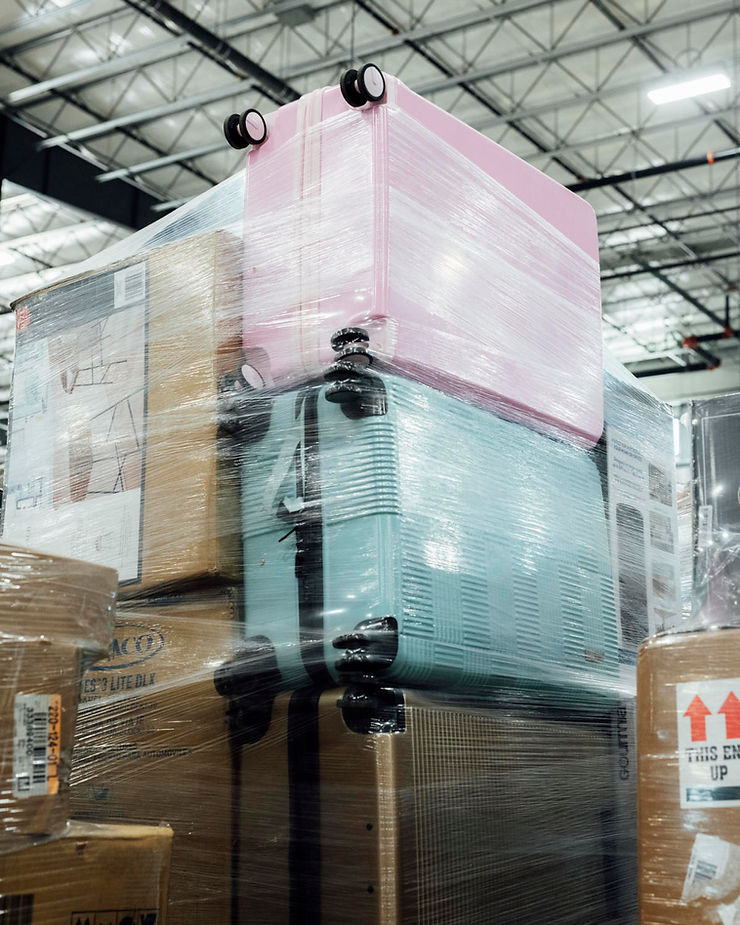By: Grace Ge
In a warehouse run by Liquidity Services in Pennsylvania, there are surplus and returned items from retail stores like Target and Amazon. These items are now being resold for big discounts.
Now, the warehouse is busy with all the returns due to inflation. Now, people are buying less clothing and electronics, instead focusing on necessities like food and gas.
Adding to the glut is the stuff that people bought, then returned. 2021’s returns added up to $761 billion lost sales. Then, retailers misjudge the supply and demand, causing surplus to pile up in inventory.
“It is surprising to me on some level that we saw all that surge of buying activity and we weren’t collectively able to see that it was going to end at some point,” said J.D. Daunt, chief commercial officer at Liquidity Services.
“You would think that there would be enough data and enough history to see that a little more clearly,” he adds, “But it also suggests that times are changing and they are changing fast and more dramatically.”
With the change, comes the pandemic, causing people to buy online more. The shoppers spent a lot, but also caused retailers to order big shipments, often misjudging the amount. This led to an enormous pile of surplus and waste.
Retailers have resorted to dropping prices on items, hoping consumers will buy them for a lower price. But many companies can’t afford to allow lowered items to sit on shelves any longer, needing room for seasonal products. Some other stores hold back on discounts, for fear of hurting their brand by having shoppers expect low prices. So retailers dumped the excess on liquidator facilities.
The facility is built above a reclaimed strip mine. The local economy houses lots of e-commerce warehouses.
Liquidity Services opened its new facilities as close as possible to major e-commerce warehouses, allowing retailers to dispense their glut.
But some people are getting different ideas about returning things. Some shoppers wore clothing, then returned it. Others stole goods, then returned the item with fake receipts.
“It’s getting worse and worse,” said Johnston.
Source: https://www.nytimes.com/2022/07/30/business/retail-returns-liquidation.html











